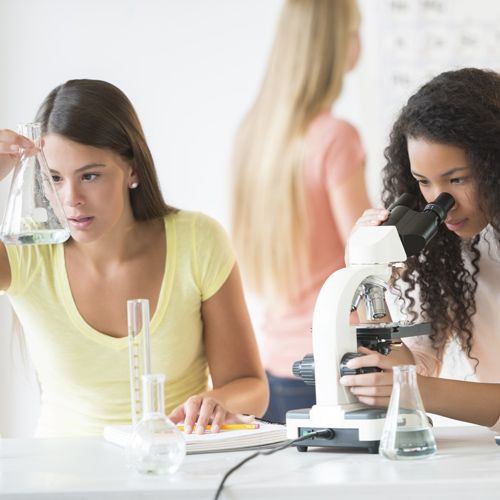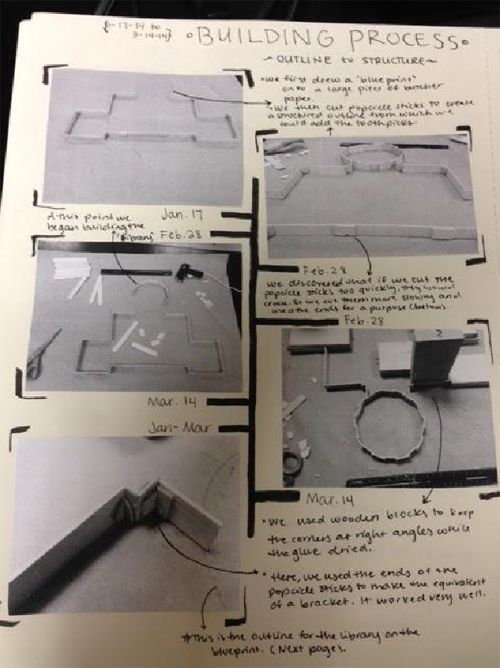My Cart
Your Shopping Cart is currently empty. Use Quick Order or Search to quickly add items to your order!
 By Katie Lanier
By Katie Lanier
Physics Teacher, Allen High School
Allen, TX
A few years ago, I heard about Google’s 20% time project in which employees spend 20% of their workweek either learning something new or providing a service to the community. Other companies follow a similar approach, which they call Genius Hour. Both initiatives are based on the same great idea of independent interest exploration. I wanted to introduce this idea to the seniors taking my Scientific Research and Design (SRD) class, and thanks to flipped learning, I was able to do just that.
Flipped learning started out as replacing in-class lectures with video lessons at home and grew to a problem-based learning class that included time for the 20% project. It was amazing to find that a lecture that would usually take 30 to 45 minutes could be covered in 15 minutes or less through a video lesson. In addition to saving time, students could get the information they needed in the setting of their choice and choose the pacing of the lecture. Students arrived in class ready to work and learn, and the time saved could be spent trying some innovative learning techniques. For instance, I replaced multiple-choice tests with cooperative learning, projects, and reflective writing. I also went beyond the usual physics topics to show students how they apply outside the classroom in the real world.
After trying these techniques, I took the logical next step of letting students apply science process skills to the topic of their choice. I found that implementing the 20% project (or Genius Hour) was a wonderful experience for students and a great way to use the time gained with flipped learning.
I adapted the Google rules for my class. Every Friday that the class met, students worked on their 20% projects. Students could also work on their projects if they finished other assignments early. The rules I established for my class are simple:
You do not need to assign your students topics, although some teachers prefer to keep it within their subject area. Ask students what they would like to learn about. Most have never had the chance to learn about something seemingly unrelated to school, so they may be overwhelmed with possibilities and take a few weeks to decide. Some will change their minds after a little research. But with guidance and encouragement, students can identify a topic that interests them. Once they’ve chosen their topic, students then set a goal, make a plan, and choose a method of documenting their plan, research, and progress. Some will blog or keep a notebook, while others prefer to track their progress with a Google or Word document.

Next, students research and begin accumulating information about their topic. You will be amazed at the variety of topics you see. In the past, my students have chosen to recreate the Baghdad Battery, write original music, design a hybrid car, create lessons to teach others coding, knit a sweater, research how other cultures define beauty, and more.
Science is about learning and solving problems. Ask a question, research, collect data, analyze the data, and communicate the results. During this project, students are doing exactly that. Even the student who chooses to knit is finding instructional books or videos, following instructions, making mistakes, diagnosing the problem, and trying again.
Students also learn from each other and see a new side of their fellow classmates. One student of mine who chose to design a video game similar to Galaga rarely spoke to anyone until the day he presented his work. For the fall presentation, he stood in front of the class and shared his unfinished game, what he learned, and what he planned on doing and learning during the spring semester. After the presentation, he talked about his game and other topics with his classmates.
By giving students time to learn what they want to learn, you give them a chance to experience what adults are expected to do every day at the workplace or at home. They discover that learning for the sake of learning is a wonderful experience that should be enjoyed as they head out into the real world. Flipped learning gives teachers and students the class time they need to be innovative, and it makes learning as enjoyable as it should be.